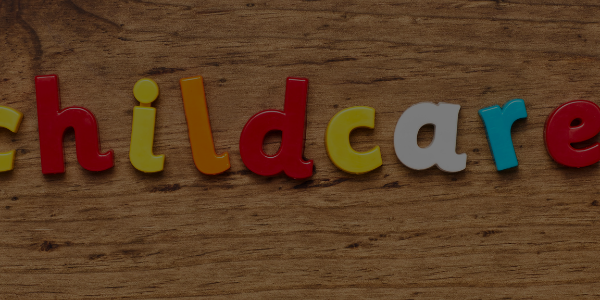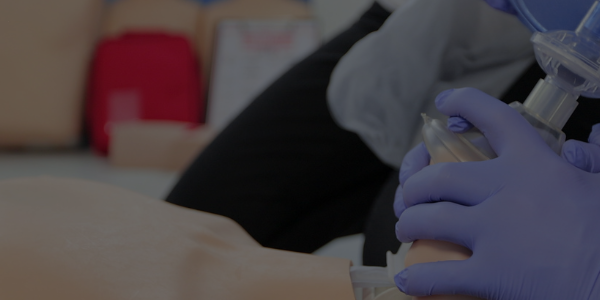What is Anaesthetic?
General anesthesia works by interrupting nerve signals in your brain and body.
It prevents your brain from processing pain and from remembering what happened during your surgery
For many, the anaesthetic remains a mysterious part of medical treatment. While you might not understand what it is, are you aware of what it can do and why you need it?
Adults and children alike need the anaesthetic to be sedated before they undergo any surgical operation.
The purpose of this medicine is to make the patient unconscious, so that they do not feel any pain while being operated on.
It also relaxes them and makes them calm.
The anaesthetist is the person who administers this medicine.
They monitors its effects on the patient during surgery.
They are also responsible for maintaining awareness of the patient’s condition throughout their operation.
Since the anaesthetic wears off after several hours. There may be some discomfort once a patient wakes up from an operation.
This is why painkillers will be given to them immediately after their anaesthetic wears off in order to alleviate their agony.
Once a patient is no longer in pain, they will be able to move about more freely and go home earlier than expected.
Anaesthetics is a drug which affects the central nervous system and causes loss of sensation. It can be used for pain relief and to make you unconscious during surgery
In anaesthetic there are two stages:
-
Stage one: Sedation
-
Stage two: Loss of consciousness
Who needs an Anaesthetic?
Any patient who undergoes a surgical procedure requires an anaesthetic to aid in the provision of pain relief and immobility, as well as to help maintain a stable state of physiology during the operation.
What does Anaesthetic do?
An anaesthetist creates a unique plan for each patient to ensure that they receive optimum care during their procedure. Some patients may benefit from more invasive techniques such as epidurals and spinals, others may require general anaesthesia with the use of a breathing tube, while others may only require sedation or local anaesthesia. The choice of technique depends on your surgeon, your medical history, and any other health conditions you may have.
Please note that regular First Aid and CPR Training is the best way to make sure that you’re prepare in the case of an emergency. Book a course with us!
Find this article useful? Read more of our blogs here!




